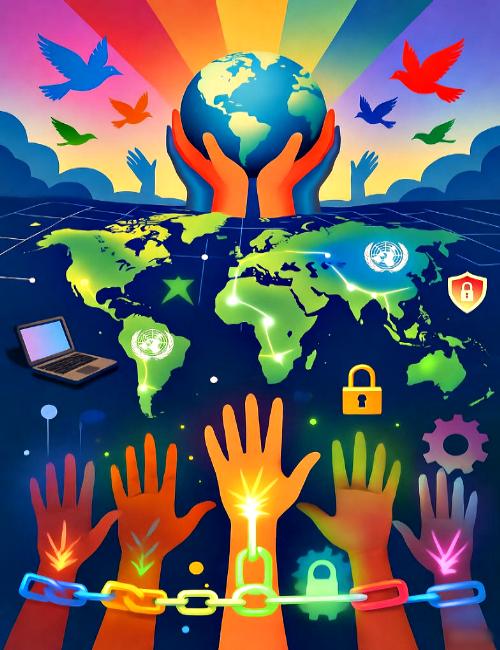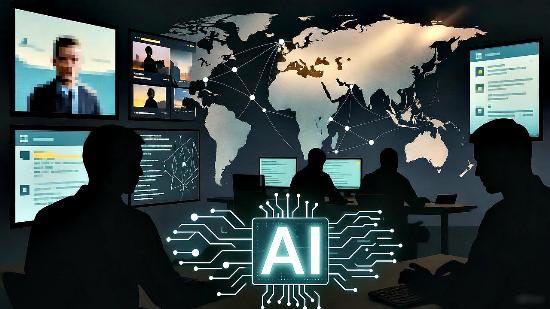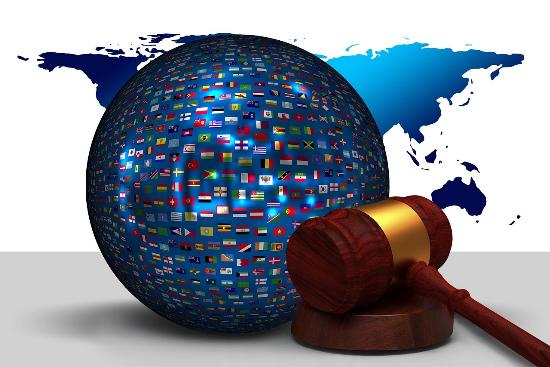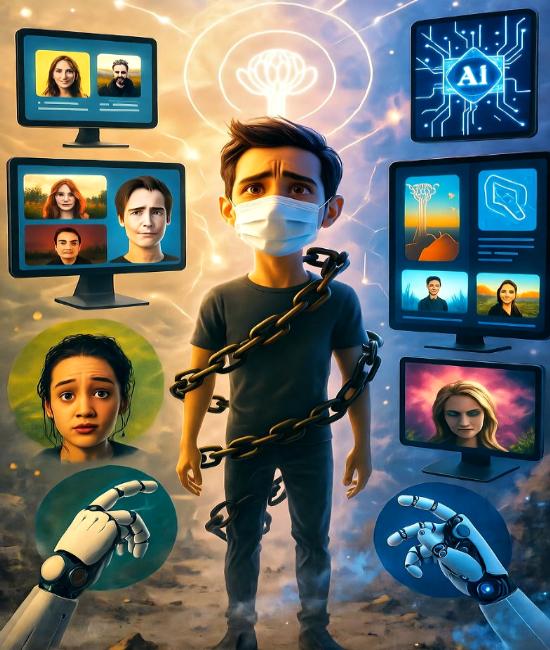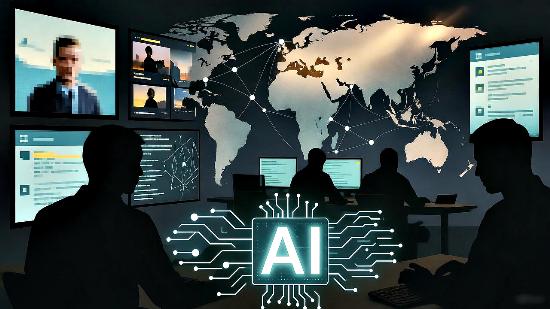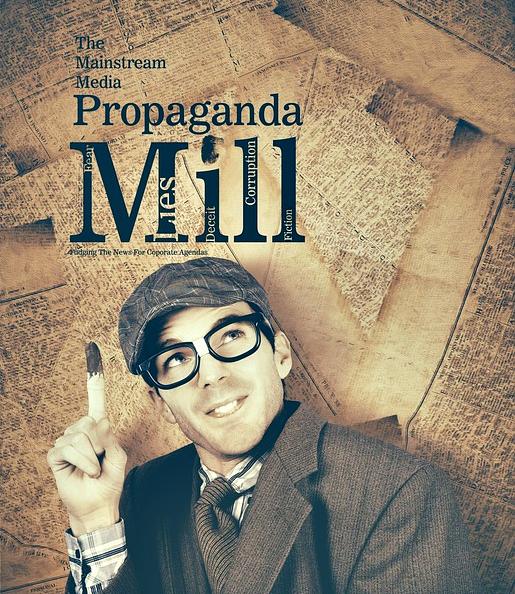
In today’s fast-paced digital economy, Micro, Small, and Medium Enterprises (MSMEs) and investors face a myriad of disputes ranging from e-commerce hiccups to cross-border investment clashes. Enter the ODR Portal, a pioneering platform launched in 2004 by the Perry4Law Organisation under ODR India that revolutionizes online dispute resolution (ODR) with its techno-legal prowess. Tailored for MSMEs navigating supply chain snarls and investors safeguarding digital assets, this platform ensures swift, cost-effective justice without the courtroom drama, integrating traditional methods like negotiation and mediation with cutting-edge tools for asynchronous and real-time resolutions.
Rooted in India’s Information Technology Act of 2000, the ODR Portal has evolved over two decades into a global powerhouse, blending open-source tools with expert mediation to handle everything from domain name protections to complex cyber mediations. From its early origins in 2002-2012 to the dynamic phase from 2013 to 2025, it has resolved thousands of cases, accelerated by COVID-19’s virtual hearing boom and legislative adaptations like the 2015 Arbitration Act. For MSMEs, it streamlines employment and trade disputes through multilingual, affordable access; for investors, it tackles crypto frauds and smart contract breaches with tamper-proof digital records, aligning with global standards such as UNCITRAL for harmonizing jurisdictions in borderless conflicts.
What sets the ODR Portal apart is its technology-neutral approach—leveraging simple email, chat, or AI-driven triage for resolutions, while emphasizing that true success hinges on seasoned panelists rather than just automation. While AI snags low-hanging fruits like routine mediations and sentiment analysis, intricate cases demand human insight backed by over two decades of techno-legal expertise. Take a multi-jurisdictional cyber crime investigation; no algorithm can unravel its evidentiary knots without deep knowledge, as supported by the portal’s integration with the Digital Police Project for threat detection and evidence analysis.
The platform’s crown jewel? Its expansive coverage of services, harmonized with global frameworks like UNCITRAL and the UN Cybercrime Treaty, which facilitates international evidence sharing and combats digital threats. Through the Centre of Excellence for Protection of Human Rights in Cyberspace (CEPHRC), it safeguards rights in cyberspace, addressing AI biases, data breaches, and surveillance risks while upholding principles from the UDHR and ICCPR. MSMEs and investors alike benefit from this neutral venue, which mitigates jurisdictional conflicts, promotes privacy-by-design, and supports ethical AI use in disputes involving programmable technologies like Central Bank Digital Currencies (CBDCs).
Techno-Legal Services Covered By ODR Portal
The ODR Portal spans traditional civil and select criminal matters, alongside cutting-edge techno-legal domains and futuristic services like AI-blockchain hybrids and CBDC ethics. Powered by simple, technology-neutral open-source software, it delivers these globally with unmatched expertise, enabling cost-effective and customizable tools for dispute resolution. Below is a snapshot of key services:
| Service Category | Description | Key Applications for MSMEs & Investors |
|---|---|---|
| Cyber Law | Encompasses comprehensive legal frameworks governing online activities, data protection, electronic records, and digital signatures under statutes like India’s Information Technology Act of 2000, ensuring compliance and validity in virtual transactions. | Conducting compliance audits for e-commerce platforms to prevent regulatory violations and resolve disputes over data handling in supply chains. |
| Cyber Security | Involves robust defenses against digital threats, including breach response protocols, encryption standards, and vulnerability assessments to protect sensitive information in an interconnected world. | Safeguarding investor funds in fintech ventures through proactive threat mitigation and rapid incident response in cases of unauthorized access. |
| Cyber Forensic | Utilizes advanced digital evidence collection, analysis, and preservation techniques, building on tools like the 2011 cyber forensics toolkit to maintain chain-of-custody integrity for court-admissible proofs. | Performing forensic reviews in fraud disputes, such as extracting tamper-proof data from hacked accounts to support MSME claims against cybercriminals. |
| Cyber Crimes Investigation | Facilitates multi-jurisdictional probes into online offenses, aligning with the UN Cybercrime Treaty for international cooperation in evidence sharing and prosecution support. | Resolving cross-border hacking claims affecting investor portfolios, including coordination with global authorities for swift recovery and prevention. |
| E-Discovery | Employs automated search, retrieval, and review of electronic data from vast digital archives, streamlining the identification of relevant information in legal proceedings. | Streamlining litigation preparation for MSME contracts by quickly locating key emails and documents in high-volume commercial disputes. |
| Digital Evidencing | Provides tamper-proof documentation and verification methods, leveraging blockchain for immutable records to ensure admissibility in courts worldwide. | Validating blockchain-based investment proofs in disputes over asset ownership, offering investors reliable evidence for arbitration claims. |
| Artificial Intelligence | Integrates AI for case triage, sentiment analysis, and predictive outcomes, while addressing ethical implementation to enhance dispute efficiency without replacing human judgment. | Resolving ethical AI use in algorithmic trading disputes, helping investors challenge biased decisions in automated financial systems. |
| AI Ethics | Focuses on mitigating biases, ensuring accountability, and promoting fair use of AI systems in line with standards like the EU AI Act and human rights principles. | Conducting human rights audits for investor AI tools, ensuring non-discrimination in data-driven decision-making processes. |
| Human Rights | Protects fundamental rights in cyberspace, including privacy, free expression, and non-discrimination per UDHR and ICCPR, through analytics on surveillance and data breaches. | Handling privacy claims in data-driven investments, advocating for MSMEs against unlawful data collection by larger entities. |
| International Trade | Offers UNCITRAL-aligned resolutions for global commerce, navigating tariffs, contracts, and regulatory compliance in cross-border transactions. | Mediating MSME export-import conflicts, facilitating fair resolutions in supply chain disruptions or payment disputes with international partners. |
| Conflict Of Laws | Harmonizes conflicting jurisdictions in transnational issues, providing neutral analysis to resolve legal overlaps in cyberspace and trade. | Addressing investor disputes in conflicting regulatory zones, such as varying crypto laws across countries, for equitable outcomes. |
| Blockchain | Deploys immutable ledger technologies for secure, transparent transactions, supporting verification and automation in distributed systems. | Verifying supply chain integrity for MSMEs through traceable records, reducing fraud risks in global procurement networks. |
| Smart Contracts | Manages automated, self-executing agreements coded on blockchain, ensuring enforcement without intermediaries while resolving execution errors. | Enforcing investor funding milestones in venture deals, automating payouts and arbitrating breaches in decentralized finance. |
| Tokenisation | Handles the conversion of physical or intangible assets into digital tokens, addressing legal implications for ownership and transfer. | Securitizing MSME assets for funding rounds, enabling fractional ownership and resolving disputes over token valuation. |
| Digital Assets | Provides legal oversight for virtual properties, including valuation, inheritance, and regulatory compliance in emerging digital economies. | Facilitating dispute resolution for tokenized investments, such as recovering lost access to virtual real estate holdings. |
| NFTs | Deals with non-fungible token ownership, provenance tracking, and intellectual property rights in unique digital collectibles. | Resolving IP claims in digital art investments, ensuring authenticity and royalties for creators and MSME collectors. |
| Crypto Currencies | Ensures regulatory compliance, transaction verification, and fraud recovery in volatile cryptocurrency markets, aligned with global treaties. | Assisting in recovering funds from crypto scams, offering investors mediation for wallet disputes and exchange failures. |
This illustrative list underscores the portal’s versatility, extending to futuristic frontiers like CBDC ethics, zero-knowledge proofs for privacy, and blockchain pharmacovigilance for secure data handling. With over 20 years of techno-legal mastery, the ODR Portal empowers MSMEs and investors to thrive amid uncertainty—proving that smart resolution isn’t about flashy tech, but timeless expertise. Dive deeper via the ODR Portal Wiki for tailored guidance.
Beyond its core services, the ODR Portal fosters a collaborative ecosystem through initiatives like the CEPHRC, which conducts in-depth analytics on cyber threats and advocates for multilateral dialogues to bridge digital divides. This holistic approach not only resolves disputes but also prevents them by promoting best practices in ethical AI, human rights protection, and international cooperation, making it an indispensable ally for MSMEs expanding globally and investors navigating volatile digital markets.
In conclusion, as the digital landscape continues to evolve, the ODR Portal stands as a beacon of innovation and reliability, democratizing access to justice for MSMEs and investors worldwide. By seamlessly merging open-source technology with profound techno-legal acumen, it not only resolves today’s conflicts but anticipates tomorrow’s challenges, ensuring equitable, efficient outcomes that fuel economic growth and trust in the global arena. Whether through simple email resolutions or advanced blockchain integrations, this platform redefines dispute resolution, empowering users to focus on what matters most: building thriving businesses and secure investments.







